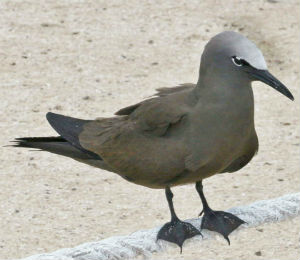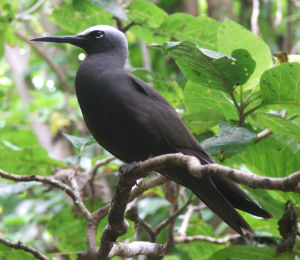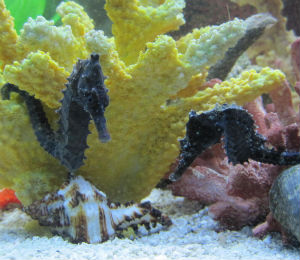If you are snorkeling in Key West on your next vacation, seeing a Goliath Grouper (Epinephelus itajara) is a likely bet. The fish favors habitats near areas of rock and coral that are sitting along a muddy ocean floor. The Goliath Grouper also has a tendency to swim into brackish waters, too, especially near mangroves.
The Goliath Grouper is a sea bass, and is the largest member of that family swimming in the Atlantic. The fish is called a “goliath” because it can become extremely large, growing to over 3 meters in length, and tipping the scales at up to 790 pounds. The fish displays a brown or yellow coloration, complimented with small dark spots that mark up its head, body, and fins. Smaller groupers have thick vertical stripes covering its sides.
The fish feeds on anything from crustaceans – such as lobsters and medium-sized shrimp – to octopus, sting rays, and juvenile sea turtles. The fish possesses such a diverse diet because its lower jaw has anywhere between three to five rows of teeth, some of which are canines.
In rare instances, the Goliath Grouper has stalked scuba divers. Groups of the species have also been known to ambush divers as well. Thankfully, though, the goliath groupers you will encounter around Key West are not large enough to present a problem. If you do encounter an extremely large goliath grouper while on a dive, your dive master will advise you to exercise caution around the animal. Because of its large size, the goliath grouper has been a longtime favorite of sport fisherman and commercial fishers alike.
The goliath grouper reproduces slowly and grows even slower, and is therefore especially prone to being overfished. In Key West, the fish is currently protected from being harvested and is recognized by the World Conservation Union as a “Critically Endangered” species.




